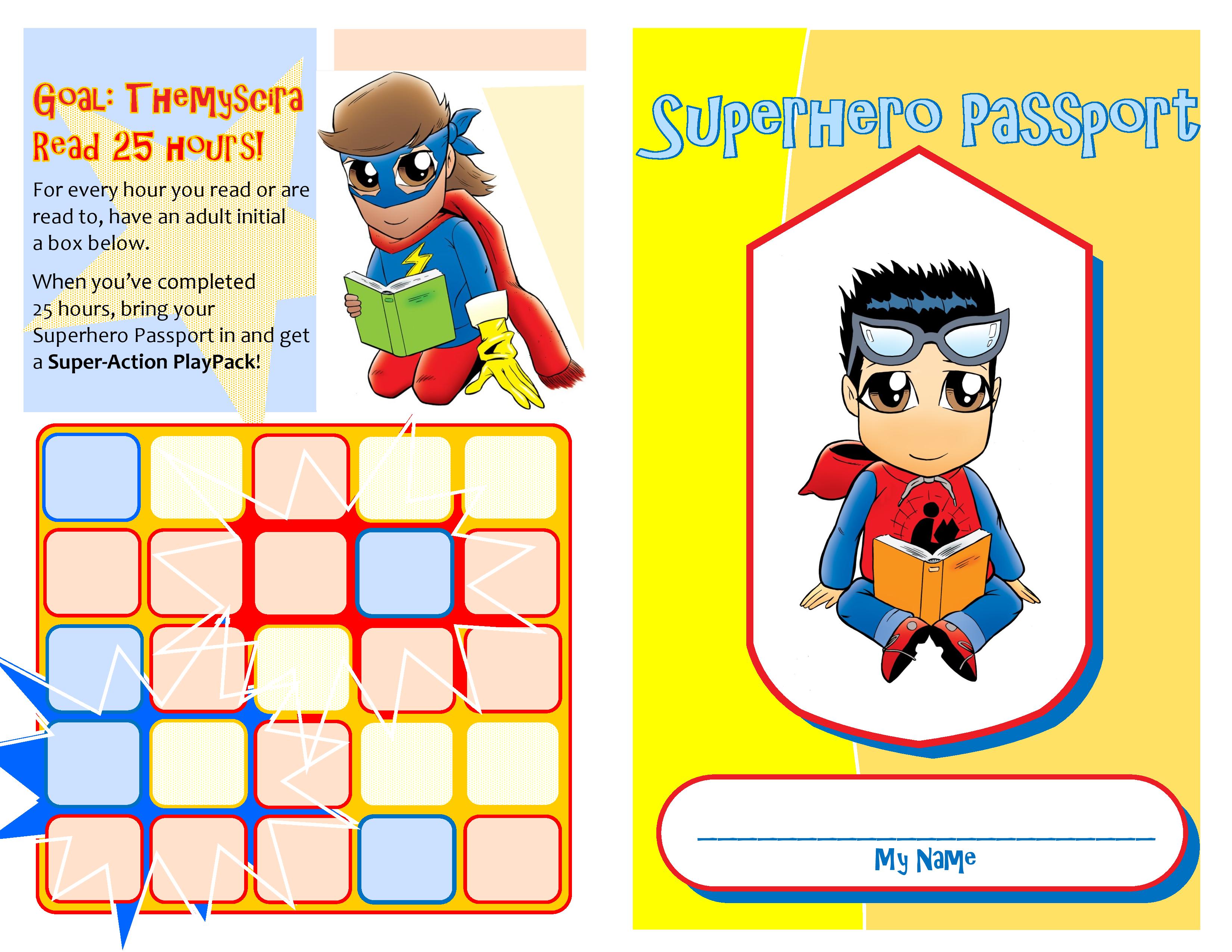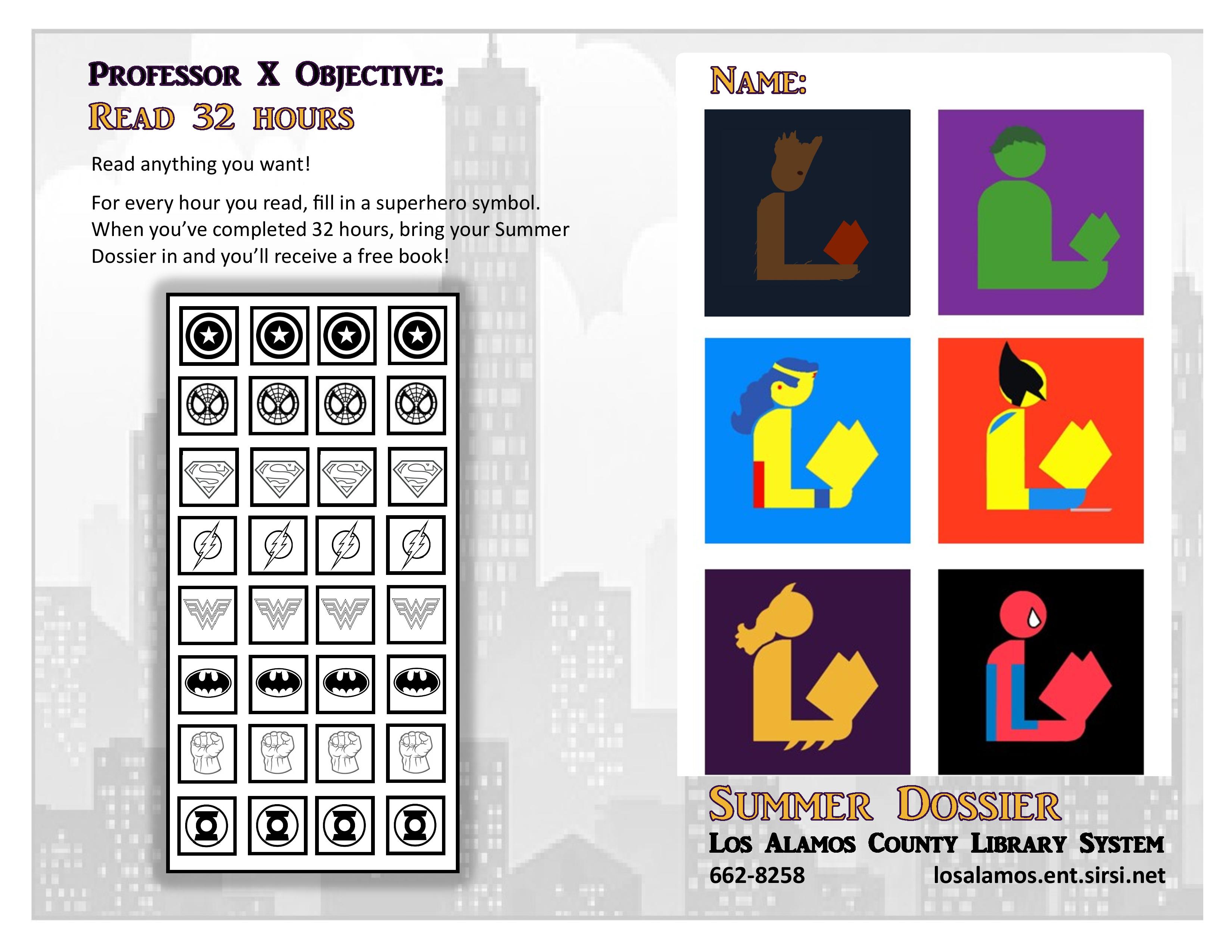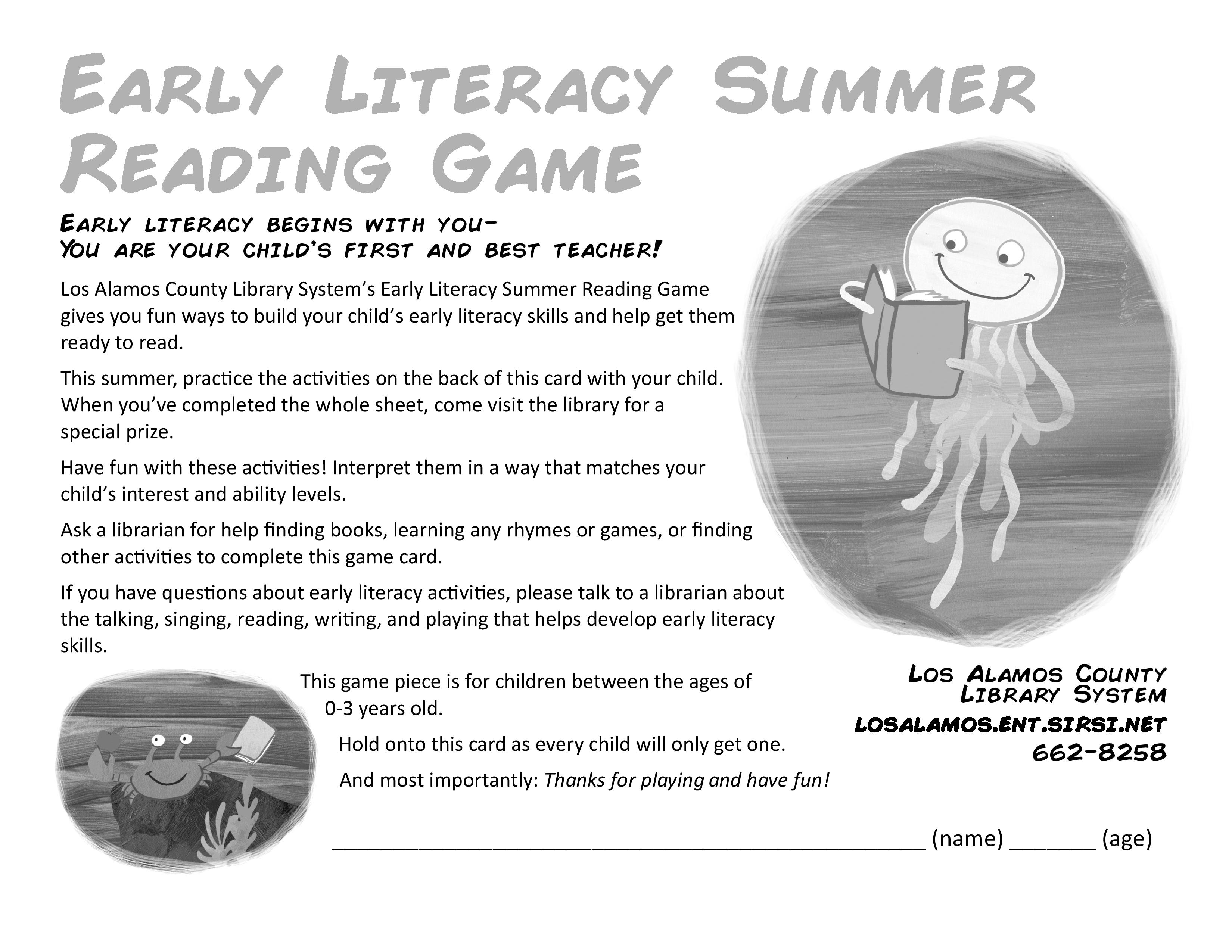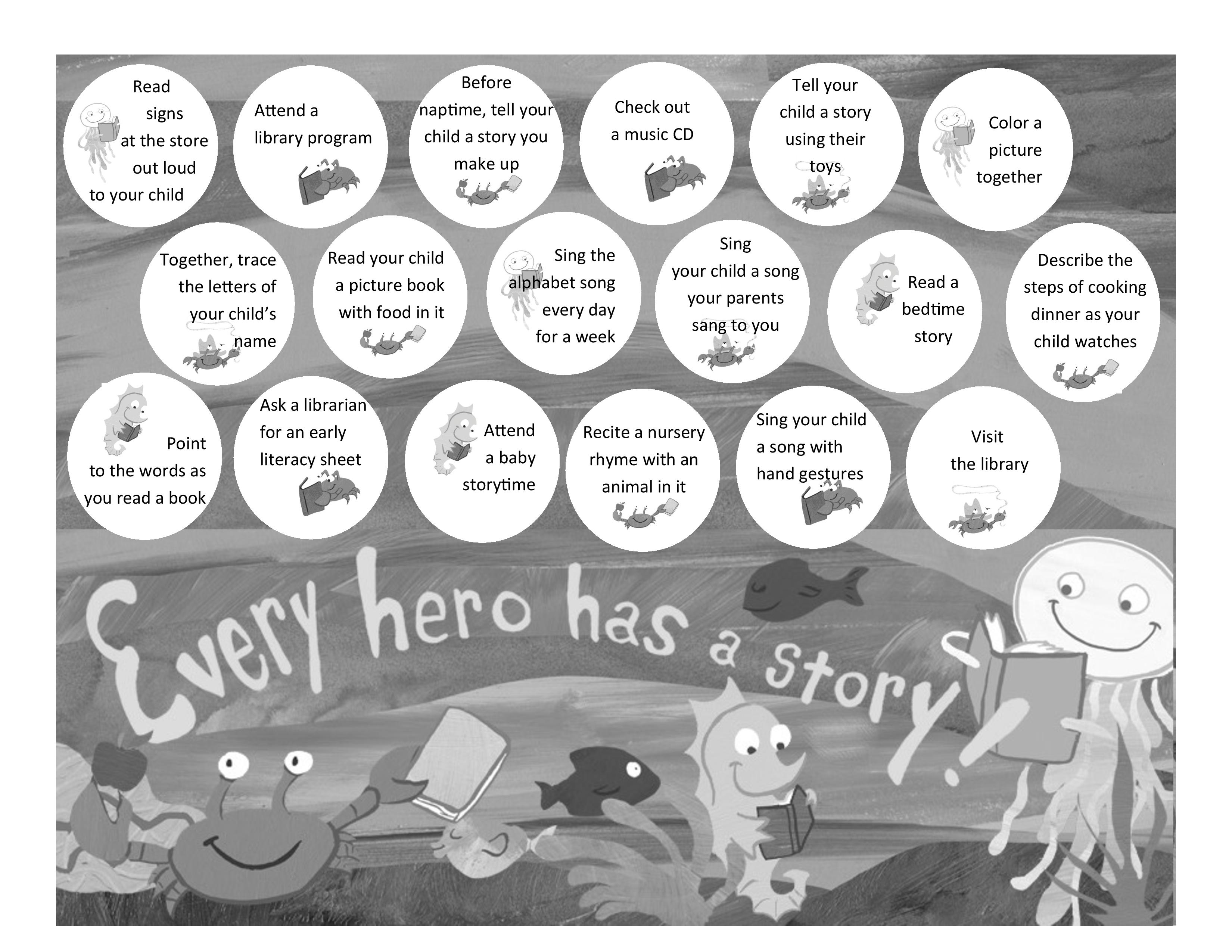Also in this series:
- Re-Vamping Summer Reading, Part One: Adding Passive Programming & Tracking
- Re-Vamping Summer Reading, Part Three: Super-Action Play Packs
It is the eternal question of youth services in a public library. What the heck do we do about the darn summer reading prizes? How do we stop kids from cheating? WHY are we even giving prizes? Why do we have so much plastic crap? How can we get kids interested in the program without incentives? How do we stop parents from cheating?
Yes, if you do youth services in a public library of any size, you have asked yourself these questions over and over. And I truly believe there is no one answer. More than that: I truly believe that you can keep trying and finding new answers and tweaking it. You are NOT locked into “that’s what we’ve always done” or “people will hate the change!” Will it be hard at first? Will there be bumps? Will you get a few complaints? Sure – maybe. But for one: that’s no reason not to make a change. For another, believe me, for the most part people are just happy to have a fun, free program to participate in with their kids and kids LOVE new stuff.
We’ve been making tweaks over the past few years as I strove to move our program away from the curse of CHEAP PLASTIC CRAP that instantly breaks, costs too much money, and has never motivated a single kid to read one single thing. Because of this, I like to think about our program as a work in progress. This has really helped ease my anxiety about things: we can try things out! We can learn! We can change!
We still use paper logs. I think this needs to be addressed up front. We just don’t have a high enough population or summer participation to warrant the cost right now of switching over to software that keeps logs and tracking online. I hope that in years to come, this software will become cheaper (and, errr, a little easier to use) and we can switch over, but for now we’re still using paper tracking.
In 2015 we made our most radical overall yet: changing the entire program to incorporate MORE than just reading. I had been wanting to make this move for some time and I finally realized it was time to take the jump. I want to thank all the librarians who have shared their MORE THAN READING programs, not only did it give me an outline of what I wanted, it gave me the courage to make the change. You should start with their amazing, wonderful blogs, as I used them as inspiration’templates.
Summer LIBRARY Club from Library Bonaza
Summer Prizes – Goodbye! from Tiny Tips for Library Fun
Summer Reading Booklets from Hafuboti
I loved all the elements I saw there (and in other places) but I realized I had two major problems that had kept me from trying to make these shifts. I think if you live in a smaller town, you might have similar problems.
- We don’t have anything like a minor league baseball team or a water park or anything I have seen as a giant “experience” incentive in other programs.
- My library is part of the county government and, as of now, we’ve run into many bureaucracy problems about getting local coupons and discounts. There’s just SO MUCH red tape about it. Sigh. And many of these programs use these coupon books as a key component and incentive.
But then I realized instead of thinking about the things we DIDN’T have to build a new program based on experiences and not just checking off “I read ____ minutes” boxes, I should look at what we DID have and build around that.
- We have a generous Friends organization! So I bought a lot of cool, new, high interest books from Scholastic FACE to give away as prizes – and we set up one of our program rooms as a bookstore for the kids. (Sadly, our town doesn’t have a bookstore anymore, so kids might not always get the chance to have the delight of browsing a bookstore. But one fun thing we could do was create a similar experience.
- We have the Aquatic Center – and they not only part of the county but part of our same division. They love to cooperate with us by giving us children’s passes as a way to encourage whole families or groups to come.
I figured I could use those to create something that would work for our library and our community. The next step was setting some goals for what I wanted to new program to achieve and WHY. I think that’s very important before you begin ANY program revamp. It gives you focus and drive.
Our NEW summer goals:
- Make the program include more than just reading – but keep reading a key element.
- Add in something for actually showing up to the library. We want to get people in doors and at programs – so why not have the program reflect that?
- Have it easy to adjust to individual needs, i.e. make it as customizable as possible.
To me, one thing that would address all of these goals was to ADD LEVELS. That had elements of gamifcation on a level I liked. In this new configuration, patrons could choose to participate as they wanted. They could try to finish ALL the levels to earn a trip to our “bookstore” and pick out a free book (they also got a plastic bookbag and some scented bookmarks) or they could just finish one level and get the prize for that level.
At this point, two great things happened – we had Rebecca’s amazing superhero art to use and we had awesome in-house design skills. Kate is a former full-time librarian at our library in both circulation and reference but she went to on-call/substitute status when she had her baby. She’s AMAZING at design. (you can find her Teachers Pay Teachers page here – she’s just launching so you’ll want to follow her NOW.) She took all of my half-formed ideas and created something totally cool. Why don’t we take a look??!


Worth noting:
- Instead of NUMBERING the goals (What order do we do these in? Can I start on #3 before I finish #2??) we named them after fictional superhero/ine locations. (and heck yeah we used Themyscira, the island Wonder Woman is from.)
- For many years our paper logs were 8 x 11.5 sheets of paper – we folded these so they made small “booklets” with SpiderKid on the front. This made it feel more like a game piece and more personal “that one is MINE!” over just a sheet of paper. And it let us tie the passport theme with the locations.
- The reading goal prize for kids is “A Super-Action PlayPack.” What’s that, you ask? Here’s the post all about Super-Action PlayPacks!
Kids and parents LOVED the booklets. I talked in my first post about re-vamping the program about how we added sticker collages to reflect weekly visits – these were tied to the passports. They got a stamp in their booklet under the Asgard goal and then went and put their sticker up. This was practically prize enough and kids LOVED collecting the stamps. BUT we still gave away “small prizes.” I think this is a way you can bridge “but how will we survive without any prizes? Patrons will complain!” with “Ugh, no more useless junk.”
It can be transitional OR you can change what you give-away as “small prizes.” One of our greatest changes was letting go of stuff like sticky hands, slinkies, plastic animals and the like and moving to things we can feel OK with as “small prizes.” That means bookmarks, pencils, stickers, and erasers. That’s IT. Things that can be of use to children, things that are connect to the library. No more junk!
The Asgard goal meant: get a stamp in your passport, put a sticker up on the weekly collage, and get whatever the small prize of the week was. (another big help was rotating the weekly prize and keeping it to just one thing per week.) You needed to do that at least five times to complete Asgard.
Also helpful: setting specific times for the “store” to be open. We gave everyone a whole month to come shop and the opening day wasn’t until after the first month of summer activities had passed.
We wanted to do something very similar for the teens. So, again using Rebecca’s art and Kate’s design skills we made them DOSSIERS instead of passports. (Shout-out to a log shared by Andrea Scherer in Storytime Underground, we modified that to get our superhero/ine symbols for the reading objective.) 

You’ll notice that we just had a few tweaks but kept the format very similar. But we used different words: objectives instead of goals, dossier instead of passport. Teens earned the same things: passes to the Aquatic Center, a free book, and small weekly prizes for visiting the library. Their weekly prizes were erasers, earbuds, bookmarks, and puzzle cubes, and lanyards. (my gosh they loved those stupid lanyards!) They also got a big “end of summer” treat – finish all the goals and they could come to our after hours lock-in.
Teens definitely had a harder time managing to remember to bring the log – which is of course a consistent problem for teens. I know that’s something we have to work on and for this summer,. I’m definitely considering keeping ALL the teen’s paperwork AT the library. It might be worth it.
And yes, we had an early literacy component too! Previously, our early literacy element was for 0-5 but I could definitely feel parents (and even the kids) of 4-5 year olds being restless. It felt much more natural to set the literacy goals for 0-3 instead. They worked with the board all summer (we let them put up stickers on the attendance collage too because hey, why not! Another fun way to make them feel included) and got a bag full of early literacy goodies when it was done: a song book or board book, a pass to the Aquatic Center, some crayons and paper, a bib, and some bubbles. 

Overall: we definitely learned some lessons! We needed to be more precise in our wording in places. We struggled, as always, with kids and parents losing their logs. But guess what? No one complained about how it “used to be.” No one wanted the junky prizes back. Yes, some people wanted to be out of town all summer and still participate and we explained that they were welcome to do that and still get two levels of prizes. That was an actually justifiable answer, when it came right down to it, even if it wasn’t always the one they wanted to hear.
I think we turned the program into a true Summer Library Club, not just a reading program of checking off minutes and getting tiny whats-its for every box. And we have more work to do – but now it all feels so much more possible.
How have YOU changed and re-imagined your summer “reading” program? What do your patrons respond to? How do you manage lost logs if you still use paper – do you have a brilliant solution I’m missing? What fun things have you done to re-imagine what your program can be for your community? Do you have any questions I didn’t answer here? Let me know about it all here in the comments or chat with me on Twitter!


